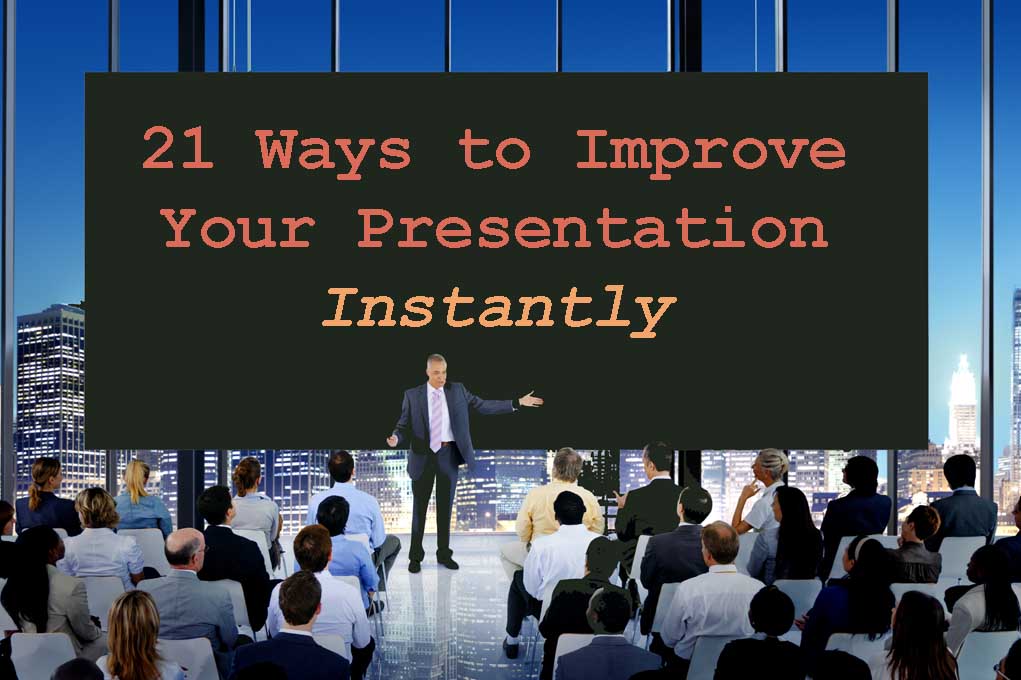By Dr. Bill Dyment, Co-Author of Fire Your Excuses
It was ten years ago when I finally “got it.” I was seated in a ballroom listening to one of the top speakers in my organization and he was tremendous. Yes, his content was insightful, but what I will never forget was the way he crafted his presentation. Every minute, less in some cases, he utilized a different technique to draw us in as his audience. Almost instinctively, I found myself taking notes, not on his content, but on the structure and timing of his speech. It was truly a work of art. I knew that instant that there was another whole level of communicating to an audience and I had plenty of homework to do. What he gave me that day was a new way of thinking as well as template for improving my delivery, content, and audience involvement.
Over the past twenty-three years, I have had the privilege of delivering more than 2,300 presentations to 400+ organizations. Yet, in a very real sense, I am just getting started. There is still so much to learn and communication styles and technology continue to evolve at a rapid clip. Still one thing remains: The best speakers are truly performance artists and master storytellers.
What do they do differently from the rest of us? First, like a great orchestra conductor, they know just when to utilize each instrument of their trade, changing tunes often for today’s “ADD” audiences.
Second, they share far more stories than statistics. Florence Littauer, a highly paid women’s conferences speaker and author, only tells stories– with a strong message, of course. If she has 30 minutes, she’ll just tell two stories. If she has 45 minutes, she’ll tell three. That’s confidence!
Third, top presenters skillfully deliver content in multiple ways so that every learning style can appreciate and absorb their message. Finally, the “pros” see themselves as “edutainers,” imparting insights that are sprinkled liberally with classy humor. (For 20 tips on how you can create your own content-related humor check out, The Science of Creating Humor.)
As a busy presenter, it is easy to fall into the rut of “good enough.” Some of the best advice I ever received was this: “Never believe that your platform enthusiasm can adequately mask your lack of preparation. Believe me, your audience and host will be polite, but they know the difference.
Feeling a bit discouraged by your own speaking ability? Don’t be. Charles Swindoll said it best: “We don’t just need experience, the school of hard knocks will give us plenty, we need guided experience.” The great news is that by utilizing just a few of the techniques listed below, you can instantly and significantly improve your own speaking ability in very little time.
(Tip: If you are a leader who has a big presentation to deliver where taking immediate, positive action on your message could mean thousands for your organization, hiring a presentation coach for an hour to help choreograph your delivery is the obvious choice.)
Speaker’s Toolbox: “The Pro’s List”
1. Start with a powerful story. This first tip is straight from the prime time playbook: One minute you are watching the painful elimination of your favorite “top six” singer in Hollywood, the next you are staring at a mysterious crime scene in Chicago. You are now watching a new show without even realizing it and “hooked” before you know it.
Grab your audience in a similar fashion: Don’t start with the “credits.” Just jump right into your opening story. Walk onto the stage, silently pause just long enough to make people a bit nervous, then launch into a great story. If you must tell your audience your learning points (big yawn) or give a bit of your background, do so only after your story.
[tweetthis]How many slides in your presentation have no words? The right answer is “most.” -Dr. Bill Dyment[/tweetthis]
2. No “death by PowerPoint,” please. Avoid bulleted lists and lengthy text. While audience members are reading your slides, they are not listening to you. Make your maximum number of words/slide 40 words, which the average reader can absorb in 12 seconds, so they can quickly refocus on you. An even better goal is no words on all or most of your slides—just display a symbol, image or metaphor for your next point.

